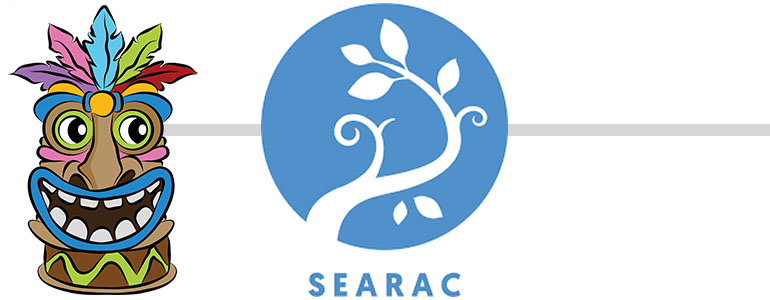
SEARAC commends the Biden administration for its commitment to canceling student loans for many borrowers. Today’s Executive Order would have the Department of Education cancel:
- Up to $10,000 for individuals making less than $125,000 (and households making $250,000 or less)
- Up to $20,000 for Pell Grant recipients
These amounts are a good first step but still fall short of the $50,000 requested by civil rights and education organizations. More details on loan forgiveness can be found in the administration’s factsheet.
This executive order comes at a time of rising college costs that make attaining a postsecondary degree a financial burden for many low-income students. For Southeast Asian American (SEAA) students, student loan forgiveness helps to ease the financial challenges many of these students face in pursuing higher education and economic mobility. SEAAs are often the first-generation in their families to attend college, and given the community’s history of war and migration, they are also more likely to come from low-income backgrounds. College requires not only a substantial amount of money but also an understanding of how to navigate the higher education system, privileges that are harder to access for SEAA students. The college enrollment rate for Asian Americans overall in 2016 was 67%, but was just 23% for Burmese, 39% for Hmong, 43% for Lao, and 47% for Cambodian students.
“We welcome President Biden’s executive order. Canceling student loans is an important step in alleviating the financial barriers that many Southeast Asian students who attended college continue to endure,” said Quyên Đinh, SEARAC Executive Director. “Student loans are a racial justice issue due to the disparities in wealth by ethnic groups like SEAAs. The wealth gap continues to make college inaccessible for many students within our communities and other communities of color. Nationwide, close to 1.1 million SEAAs are low-income and over 460,000 members of our community live in poverty. The Department of Education must ensure debt relief reaches borrowers of color who need it most. However, more must be done to make college affordable. That’s why SEARAC supports the Debt Free College Act. Passing this bill would go a long way to increase college accessibility, advance educational opportunity, and begin to address long-term income inequity for the SEAA community.”
The Debt Free College Act would allow eligible in-state students to attend a public state 2- to 4-year college free of debt. Through Federal-state partnerships, this Act would strengthen college affordability for Pell Grant recipients, which will help to increase enrollment for low-income, historically underserved, and minority students.
